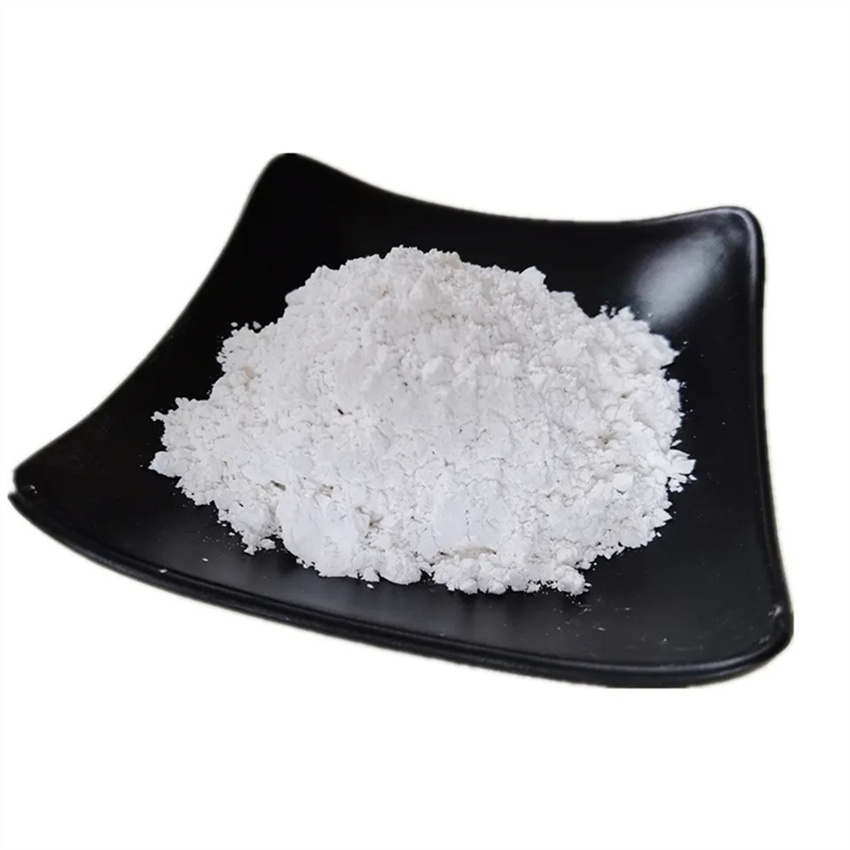Only to oxygen, silicon is the most abundant element in Earth's crust. It is found in rocks, sand, clays and soils, combined with either oxygen as silicon dioxide, or with oxygen and other elements as silicates. Silicon's compounds are also found in water, in the atmosphere, in many plants, and even in certain animals. Silicon is the fourteenth element of the periodic table and is a Group IVA element, along with carbon germanium, tin and lead. Pure silicon is a dark gray solid with the same crystalline structure as diamond. Its chemical and physical properties are similar to this material. Silicon has a melting point of 2570° F (1410° C), a boiling point of 4271° F (2355° C), and a density of 2.33 g/cm3. When silicon is heated it reacts with the halogens (fluorine, chlorine, bromine, and iodine) to form halides. It reacts with certain metals to form silicides and when heated in an electric furnace with carbon, a wear resistant ceramic called silicon carbide is produced. Hydrofluoric acid is the only acid that affects silicon. At higher temperatures, silicon is attacked by water vapor or by oxygen to form a surface layer of silicon dioxide. When silicon is purified and doped with such elements as boron, phosphorus and arsenic, it is used as a semiconductor in various applications. For maximum purity, a chemical process is used that reduces silicon tetrachloride or trichlorosilane to silicon. Single crystals are grown by slowly drawing seed crystals from molten silicon. Silicon of lower purity is used in metallurgy as a reducing agent and as an alloying element in steel, brass, alumiinum, and bronze. When small amounts of silicon are added to aluminum, aluminum becomes easier to cast and also has improved strength, hardness, and other properties. In its oxide or silicate form, silicon is used to make concrete, bricks, glass, ceramics, and soap. Silicon metal is also the base material for making silicones used in such products as synthetic oils, caulks and sealers, and anti-foaming agents. In 1999, world production was around 640,000 metric tons (excluding China), with Brazil, France, Norway and the United States major producers. This is a continued decline compared to the last several years (653,000 tons in 1998 and 664,000 in 1997). Though data is not available, China is believed to be the largest producer, followed by the United States. One estimate puts China's production capacity as high as 400,000 metric tons per year, with over 400 producers. Exports from this country have increased in recent years. Consumption of silicon metal in the United States was roughly 262,000 metric tons, at a cost of 57 cents per pound. The annual growth rate during 1980-1995 was about 3.5% for silicon demand by the aluminum industry and about 8% by the chemical industry. Demand by the chemical industry (mainly silicones) was affected by the Asian economic crisis of the late 1990s.

Anticorrosion Pigments, Inkjet Receptive Coating, Matting Agent



